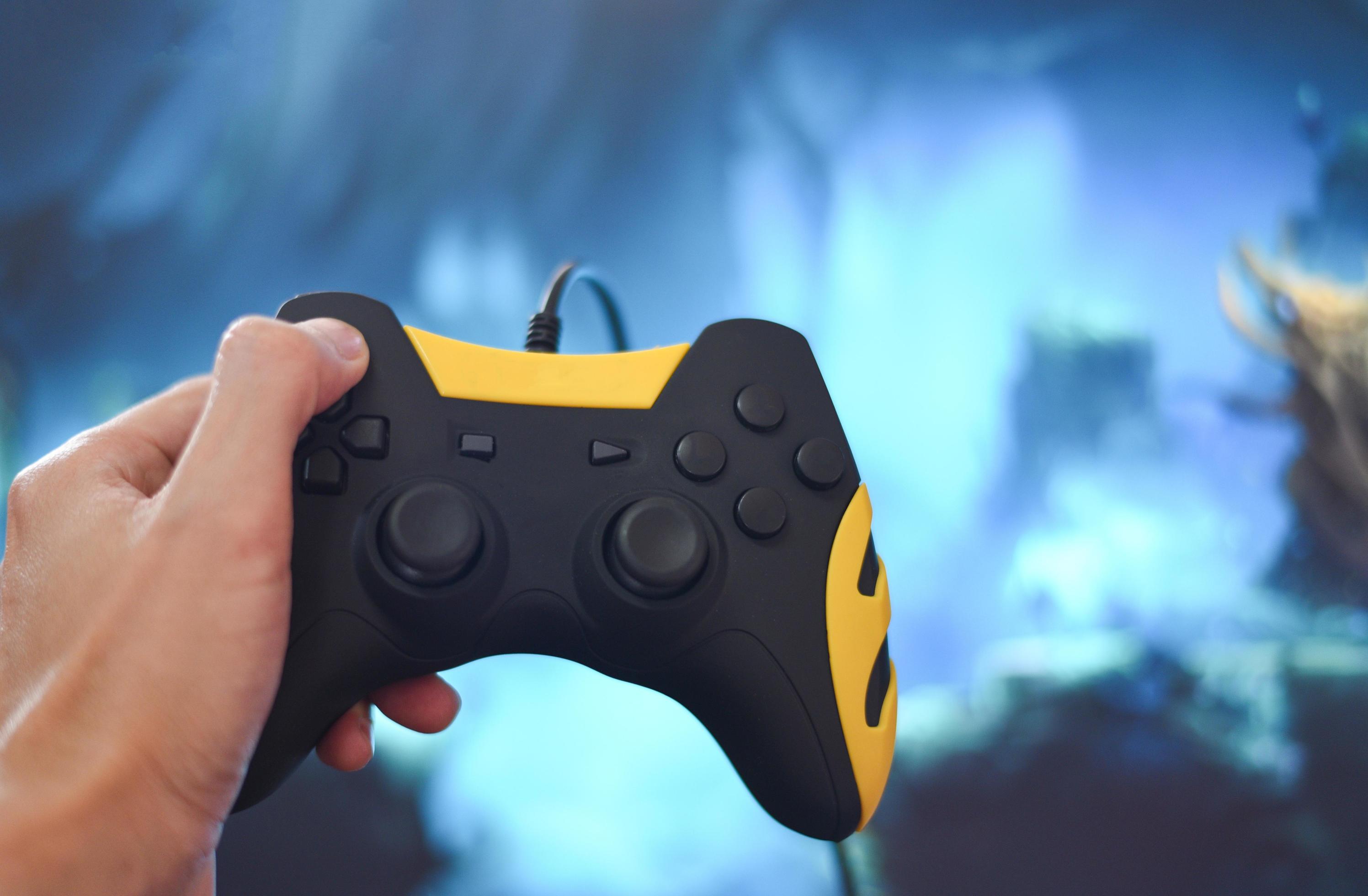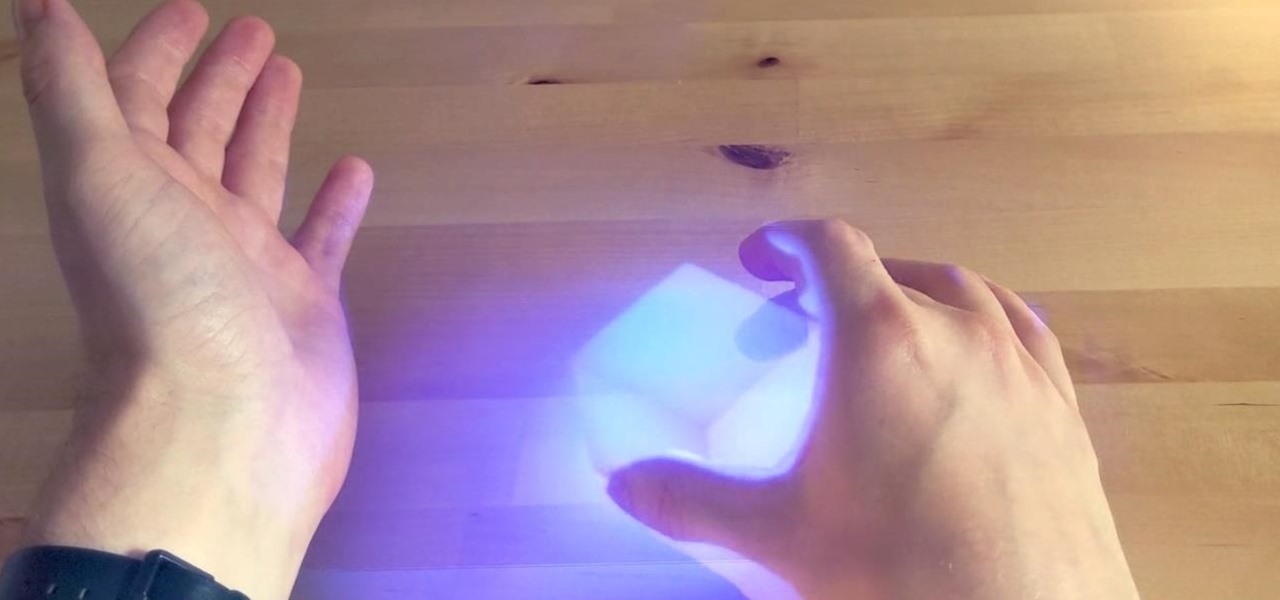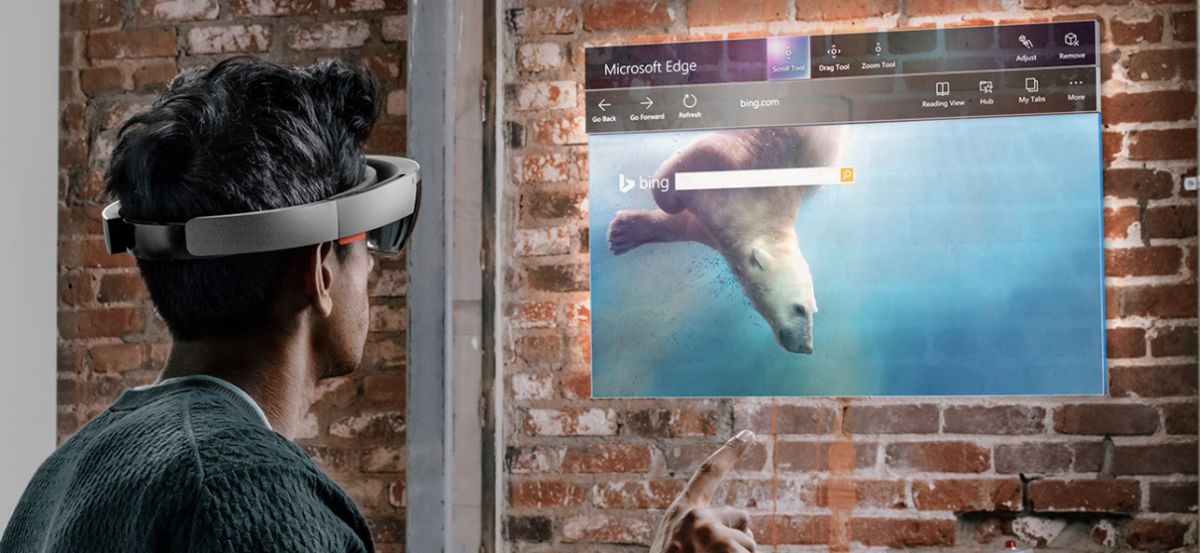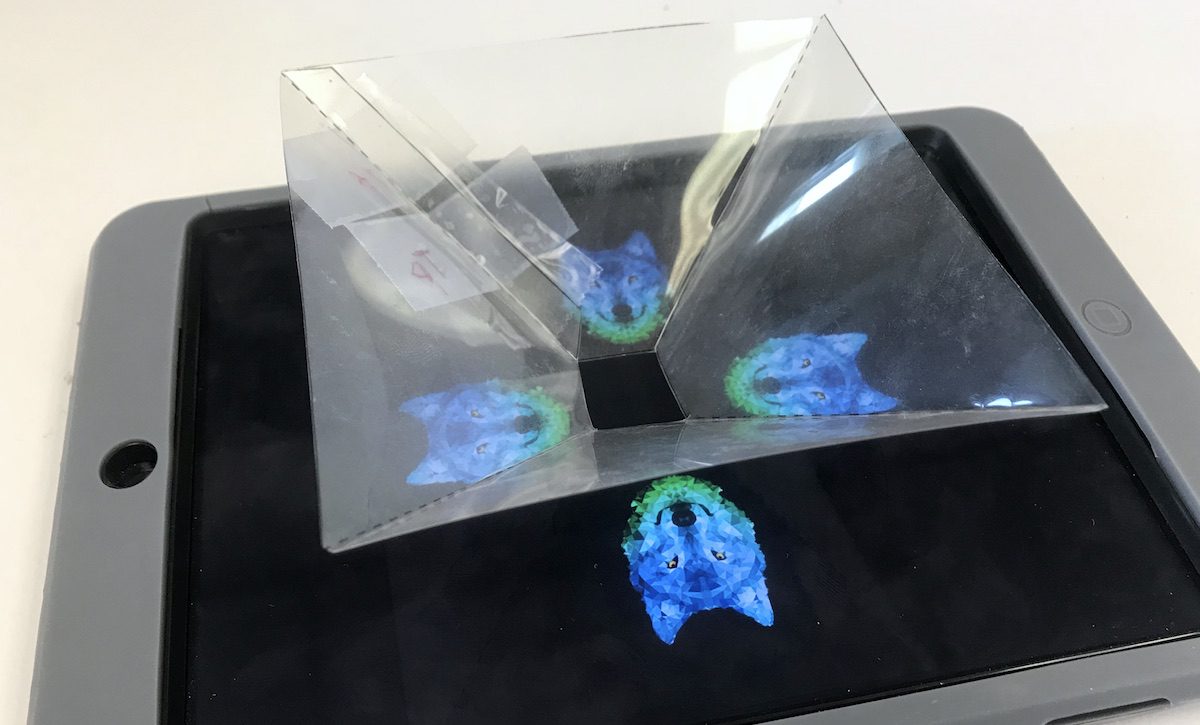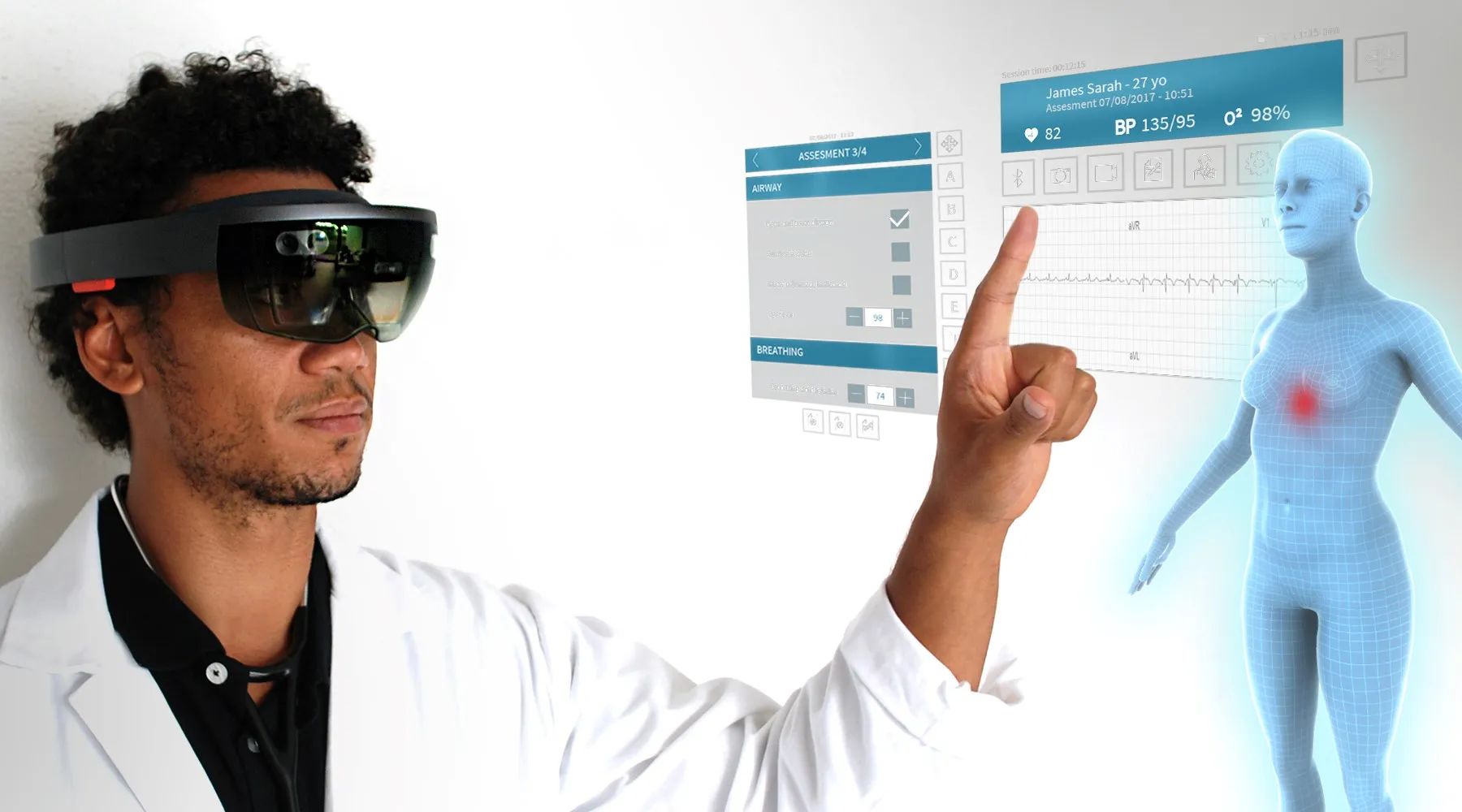Introduction
Welcome to the world of game development in Unity! As you embark on your journey to create captivating and immersive gaming experiences, you'll encounter the need to seamlessly integrate game controller input into your projects. Whether you're developing a thrilling action game, a mesmerizing puzzle adventure, or an engrossing simulation, understanding how to detect and handle game controller input in Unity is essential for delivering a polished and engaging gameplay experience.
In the realm of game development, user input is a fundamental aspect that directly impacts how players interact with and experience your game. While keyboard and mouse input are common in many games, integrating game controller support opens the door to a more immersive and intuitive gaming experience, especially for console and mobile platforms. By detecting and responding to game controller input effectively, you can cater to a broader audience and enhance the accessibility and enjoyment of your game.
Throughout this guide, we will explore the process of setting up the Unity Input Manager to recognize various game controllers, detecting controller input, and handling controller events. By the end of this journey, you will have the knowledge and tools to seamlessly integrate game controller support into your Unity projects, empowering you to create captivating and responsive gameplay experiences for your players.
Whether you're a seasoned game developer seeking to expand your skill set or an aspiring creator diving into the world of game development for the first time, mastering the art of detecting and handling game controller input in Unity will undoubtedly elevate the quality and appeal of your games. So, let's embark on this adventure and unlock the potential of game controller integration in Unity!
Setting up the Input Manager
Before delving into the intricacies of detecting game controller input in Unity, it is crucial to establish a solid foundation by configuring the Unity Input Manager to recognize and process the input from various game controllers. The Input Manager serves as the central hub for managing user input, including keyboard, mouse, and game controller inputs, providing a unified interface for accessing and responding to these inputs within your game.
To begin, navigate to the Unity Editor and access the Input Manager by selecting Edit > Project Settings > Input. Within the Input Manager window, you can define and configure the input axes, buttons, and joysticks that correspond to game controller input. Unity offers a user-friendly interface for adding, modifying, and removing input definitions, allowing you to tailor the input settings to accommodate a wide range of game controllers, from traditional console controllers to specialized gaming peripherals.
When setting up the Input Manager, it is essential to consider the diverse array of game controllers available to players across different platforms. By defining input axes for analog sticks, triggers, and buttons, you can ensure that your game can effectively interpret the nuanced input from various controllers, enabling precise and responsive gameplay experiences. Additionally, Unity provides the flexibility to map specific input axes to corresponding buttons and triggers on different controllers, empowering you to create a consistent input mapping that aligns with the expectations of your players.
Furthermore, Unity supports the use of input presets, which streamline the process of configuring the Input Manager for specific platforms or controller types. Whether you are targeting console platforms, mobile devices, or PC gaming, leveraging input presets can expedite the setup process while maintaining compatibility with a wide range of game controllers.
By meticulously configuring the Input Manager to accommodate diverse game controllers and input devices, you lay the groundwork for a seamless and inclusive gaming experience. With the Input Manager primed to recognize and process game controller input, you are poised to delve into the next crucial phase: detecting and responding to controller input events within your Unity project.
Detecting Controller Input
Once the Input Manager is primed to recognize various game controllers, the next step involves detecting and interpreting the input from these controllers within your Unity project. Unity provides a robust framework for detecting controller input, enabling you to capture and process a wide range of controller events, including button presses, joystick movements, and trigger activations.
To begin detecting controller input, you can access the Input class in Unity, which offers a suite of methods for querying the status of controller inputs. By utilizing the Input.GetButton, Input.GetButtonDown, and Input.GetButtonUp methods, you can effortlessly detect the state of controller buttons, allowing you to trigger specific actions or responses within your game based on the player’s input.
Moreover, Unity provides support for querying the input from analog sticks and triggers on game controllers. By using Input.GetAxis and Input.GetAxisRaw, you can retrieve the analog input values from joysticks and triggers, enabling precise control and nuanced interactions within your game. This capability is particularly valuable for games that require fine-grained control or dynamic responsiveness, such as driving simulations, platformers, and sports games.
Furthermore, Unity’s Input System package offers advanced features for detecting and processing controller input, including support for haptic feedback, touchpad interactions, and motion controls. By leveraging the Input System’s rich set of functionalities, you can elevate the interactivity and immersion of your game, providing players with a captivating and intuitive gaming experience across a variety of platforms and devices.
It is important to note that Unity’s input detection capabilities extend beyond traditional game controllers, encompassing a wide spectrum of input devices, such as virtual reality (VR) controllers, mobile touchscreens, and custom input peripherals. This versatility empowers you to create inclusive and adaptable input systems that cater to diverse player preferences and gaming environments.
By adeptly detecting and interpreting controller input within your Unity project, you can craft gameplay experiences that are responsive, engaging, and tailored to the unique capabilities of different game controllers. This foundational aspect of game development sets the stage for the subsequent phase: handling controller events to orchestrate seamless and dynamic interactions within your game.
Handling Controller Events
With controller input successfully detected within your Unity project, the next pivotal task is to effectively handle the controller events and orchestrate responsive and dynamic interactions in your game. Unity offers a versatile array of mechanisms for handling controller events, enabling you to implement diverse gameplay mechanics, user interfaces, and immersive experiences that resonate with players across various gaming platforms.
One of the fundamental approaches to handling controller events in Unity involves utilizing the Update method within your scripts to continuously monitor and respond to the state of controller inputs. By leveraging conditional statements that check for specific input conditions, such as button presses or joystick movements, you can trigger corresponding actions or behaviors in your game. This real-time event handling mechanism empowers you to create fluid and interactive gameplay experiences that seamlessly adapt to the player’s input.
Additionally, Unity’s event system provides a powerful means of handling controller input events through the use of event triggers and listeners. By setting up event triggers on game objects and defining listener functions that respond to specific controller events, you can establish a robust event-driven architecture that decouples input handling from game logic, fostering modularity and extensibility in your project.
Furthermore, Unity’s UI system offers intuitive tools for integrating controller input with user interface elements, allowing you to design and implement controller-friendly menus, buttons, and interactive elements that enhance the accessibility and usability of your game. By associating controller events with UI interactions, you can create seamless navigation and interaction flows that cater to players using game controllers across different platforms.
Unity’s state machine framework, such as the Animator and State Machine Behaviour, enables you to synchronize controller events with dynamic animations and state transitions, fostering immersive and responsive character behaviors and environmental interactions. By linking controller input to state changes and animation triggers, you can imbue your game with lifelike and captivating movements that enrich the player’s experience.
By adeptly handling controller events in Unity, you can imbue your game with interactivity, responsiveness, and a heightened sense of immersion, ultimately crafting gameplay experiences that captivate and engage players across diverse gaming platforms and devices.







